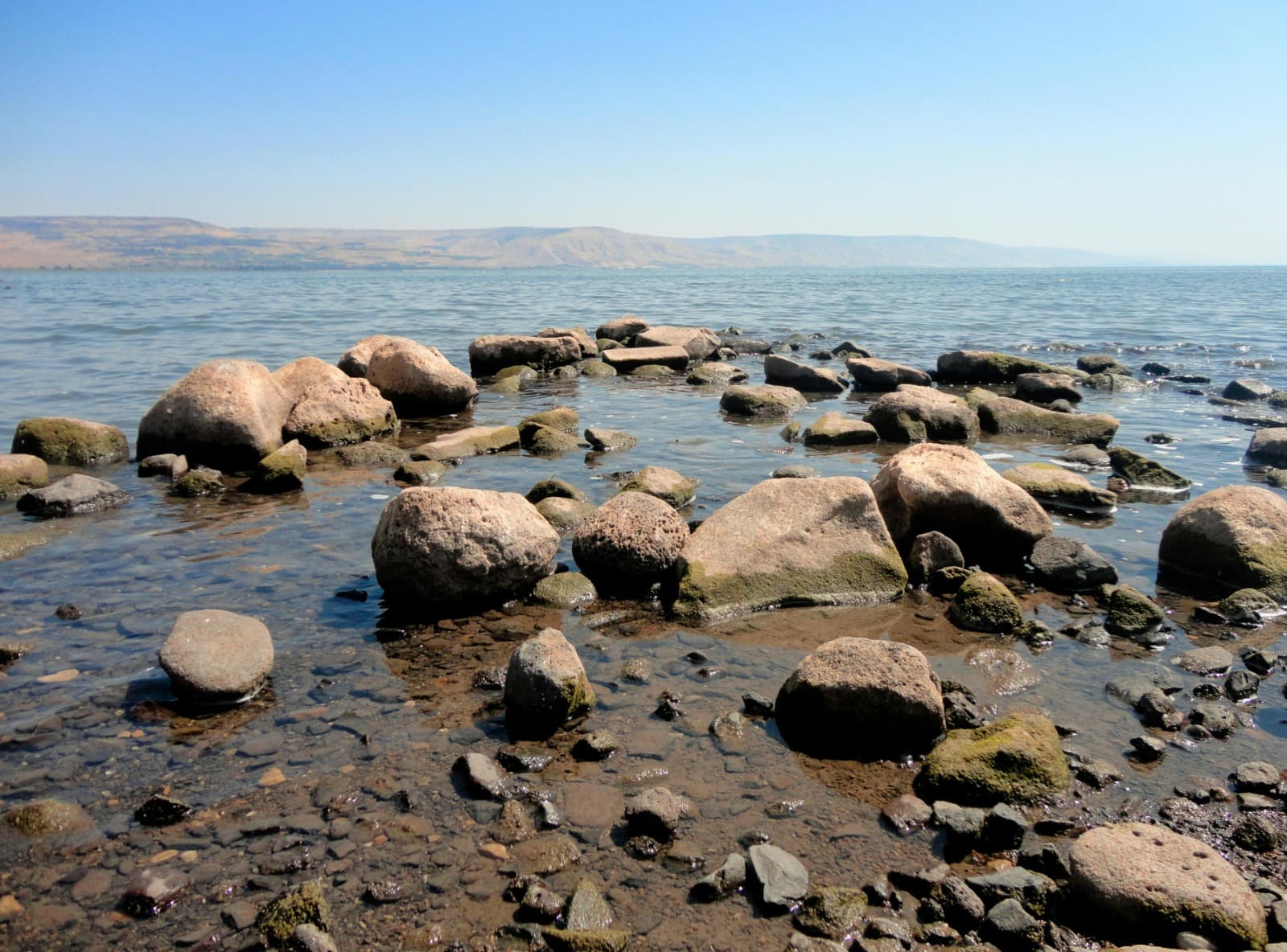
Sea of Galilee
About Sea of Galilee
The Sea of Galilee, also known as Lake Tiberias or Kinneret, is Israel's largest freshwater lake and the lowest freshwater lake on Earth. Located in the northeast of Israel, this heart-shaped lake holds tremendous religious significance as the site where many of Jesus' miracles are believed to have occurred. Today, the Sea of Galilee serves as Israel's primary water reservoir while offering visitors peaceful shores, historic sites, thermal hot springs, and various water activities.
Historical Context
The Sea of Galilee has been a vital resource and cultural centerpoint for thousands of years. In biblical times, it was a thriving fishing center and the backdrop for many New Testament stories, including Jesus walking on water, calming the storm, and the miracle of the loaves and fishes. The lake's shores witnessed the calling of several disciples who were fishermen and many of Jesus' teachings. During the Roman period, the city of Tiberias was established on its western shore and became an important Jewish center after the fall of Jerusalem in 70 CE. The region has passed through Byzantine, Arab, Crusader, Mamluk, and Ottoman rule. In the 20th century, the lake became a crucial water source for the modern state of Israel through the National Water Carrier project. Archaeological discoveries continue to illuminate its rich history, including the 1986 finding of a 2,000-year-old fishing boat (the "Jesus Boat") preserved in the lake's mud. Today, while maintaining its historical and religious significance, the Sea of Galilee faces environmental challenges, including fluctuating water levels due to climate change and water extraction.
Highlights
- 1Capernaum - Jesus' Town
- 2Mount of Beatitudes
- 3Tabgha
- 4Yardenit Baptismal Site
- 5Tiberias Hot Springs
- 6Sea of Galilee Boat (Jesus Boat)
- 7Kursi National Park
- 8Arbel Nature Reserve
Best Time to Visit
Spring (March to May) and Fall (September to November) offer mild temperatures and fewer crowds. Summer (June to August) is popular for water activities but can be quite hot, while winter (December to February) brings occasional rain but lush green landscapes.
